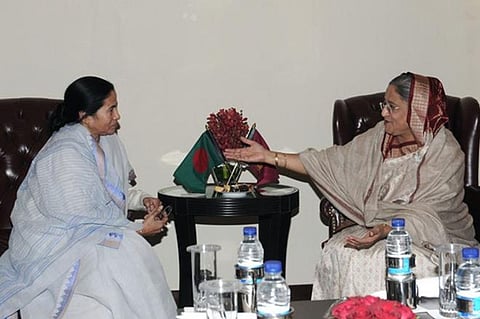Twenty-first of February is an important annual date for the peoples of both, Bangladesh, and West Bengal. On that day in nineteen fifty two, students of East Pakistan's institutions of knowledge like Dhaka Medical College, had been mercilessly struck down, after they were fired upon by the soldiers of West Pakistan. Their crime? Bangla, the indigenous mother-tongue of all Bengalis, irrespective of religion and location, had been the prime focus of East Pakistan's 'Language Movement'. The seat of power, despite the East's relatively larger demographic, had been, for all means and purposes, firmly lodged in the West, separated from the Eastern wing, by thousands of miles of territory belonging to the state of independent India. West Pakistan wielded absolute power over Pakistan's army, its internal security, administration and the judicial system. Persian, Arabic, Urdu, Punjabi, Saraiki, and Sindhi, were the most recognized and respected lingua franca. Bengali was deemed by the West, to be a 'Pagan' language, the tongue of millions of 'kaffirs' that worshipped a plenitude of deities.


